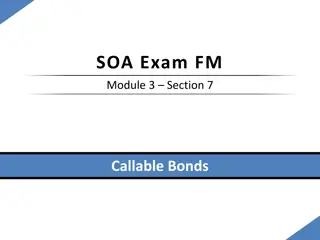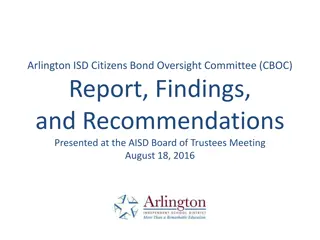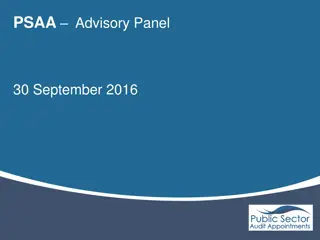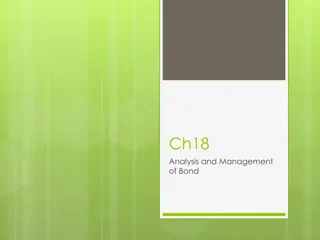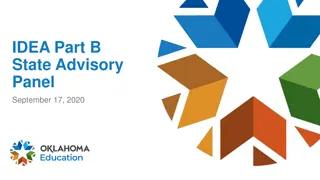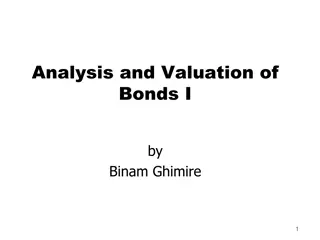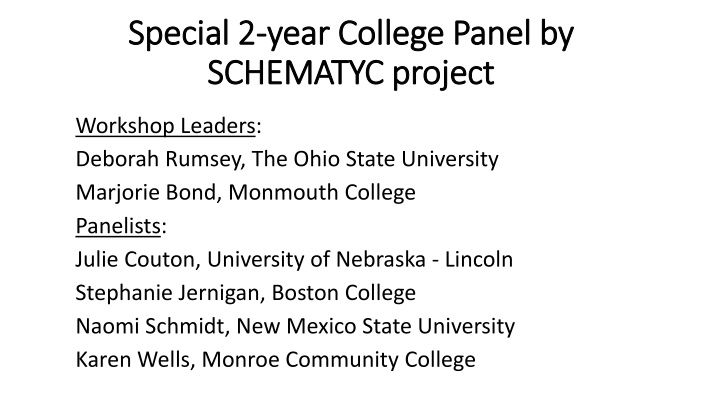
Improving Statistical Expertise and Teaching Skills for Educators
Enhance your statistical teaching skills with insights from workshops aimed at addressing common student misconceptions and difficulties. Explore concepts, analyze problems, and learn effective teaching strategies shared by experienced panelists.
Download Presentation

Please find below an Image/Link to download the presentation.
The content on the website is provided AS IS for your information and personal use only. It may not be sold, licensed, or shared on other websites without obtaining consent from the author. If you encounter any issues during the download, it is possible that the publisher has removed the file from their server.
You are allowed to download the files provided on this website for personal or commercial use, subject to the condition that they are used lawfully. All files are the property of their respective owners.
The content on the website is provided AS IS for your information and personal use only. It may not be sold, licensed, or shared on other websites without obtaining consent from the author.
E N D
Presentation Transcript
Special 2 Special 2- -year College Panel by year College Panel by SCHEMATYC project SCHEMATYC project Workshop Leaders: Deborah Rumsey, The Ohio State University Marjorie Bond, Monmouth College Panelists: Julie Couton, University of Nebraska - Lincoln Stephanie Jernigan, Boston College Naomi Schmidt, New Mexico State University Karen Wells, Monroe Community College
Thanks to: NSF Grants DUE 0942924 & 0942456 Special Thanks to Jean Scott, CAUSE Coordinator
Abstract From 2011 - 2013, eight workshops involving 170 participants were presented around the country. These workshops were to improve statistical expertise and statistics teaching skills among statistics educators, especially those who teach mathematics. In the workshops, participants studied exam questions and the associated common mistakes that students make. Through these questions, we explored - What is the statistical concept being assessed? What is the correct answer? What is the most popular incorrect answer? and for the incorrect answer(s), What's the problem? Why is it a problem? and How can we address the problem? Participants were presented with a framework which they could take and use with their own homework and exam problems. In our session, after an introduction and example from Deborah and Marjorie, four panelists who each attended one of the workshops will present how they are using the workshop information in their classrooms.
Goals of the workshop Examine some difficult concepts for students Understand what the student sees Analyze why students have problems Address issues that students have when we teach the material Learn about additional resources Work with a group on a difficult concept and share Make GAISE guidelines a part of everyday teaching Guidelines for the Assessment of Instruction in Statistics Education
Our Approach: Through a set specific statistics questions, we explore each of the following: What is the statistical concept being assessed? What is the correct answer? What is the most popular incorrect answer? For incorrect answer(s), What s the problem? Why is it a problem? How can we address the problem?
Example Question Example Question: According more variability (e.g. a higher standard deviation)? more variability (e.g. a higher standard deviation)? : According to the two histograms below, which data set has to the two histograms below, which data set has Data Set A Data Set B 5 5 4 4 3 Frequency Frequency 3 2 2 1 1 0 0 2 4 6 8 2 4 6 8 1. Data Set A has the most variability. 2. Data Set B has the most variability. 3. Both data sets have the same variability. 4. Not enough information to tell.
What is the Problem? Correct answer is flat histogram (B) has more variability than the mound- shaped one (A) Most common incorrect answer is the mound shaped histogram (A) has more variability than the flat one (B). Variability in histograms is misunderstood This will affect their understanding of variability down the road In particular, their understanding of sampling distributions
Why is it a problem? Students are very much used to time plots Variability in histograms and time charts are opposites A flat time plot has no variability A flat histogram has variability
How do we address the problem? Focus on understanding and labeling the AXES Histogram: X axis is WHAT VALUES? Y axis is HOW MANY? Time plot: X axis is WHEN? Y axis is WHAT VALUE? Students may still not believe you! Graphs Data values Show an example they can t refuse
Data Set 2: Quiz Scores for 10 Students 10 8 Number of Students 6 4 Ideas: Create the data set for each graph and discuss Find the standard deviations and compare Match other graphs to their standard deviations Choose four numbers from 1, 2, 3, 4 with lowest possible SD and highest possible SD Show graphs and ask students to fill in the labels 2 0 2 4 6 8 10 Quiz Score
Julie Couton University of Nebraska - Lincoln
Stephanie Jernigan Boston College
Naomi Schmidt New Mexico State University
Karen Wells Monroe Community College
Questions: Please submit your questions by typing in the question box. Julie Couton Stephanie Jernigan Deborah Rumsey Karen Wells Marjorie Bond Naomi Schmidt
Karen Wells Monroe Community College
Questions: Please submit your questions by typing in the question box. Julie Couton Stephanie Jernigan Deborah Rumsey Marjorie Bond Naomi Schmidt







